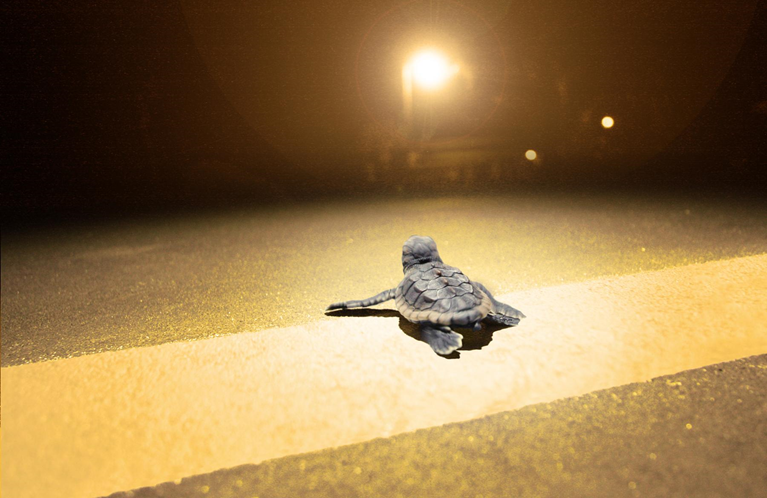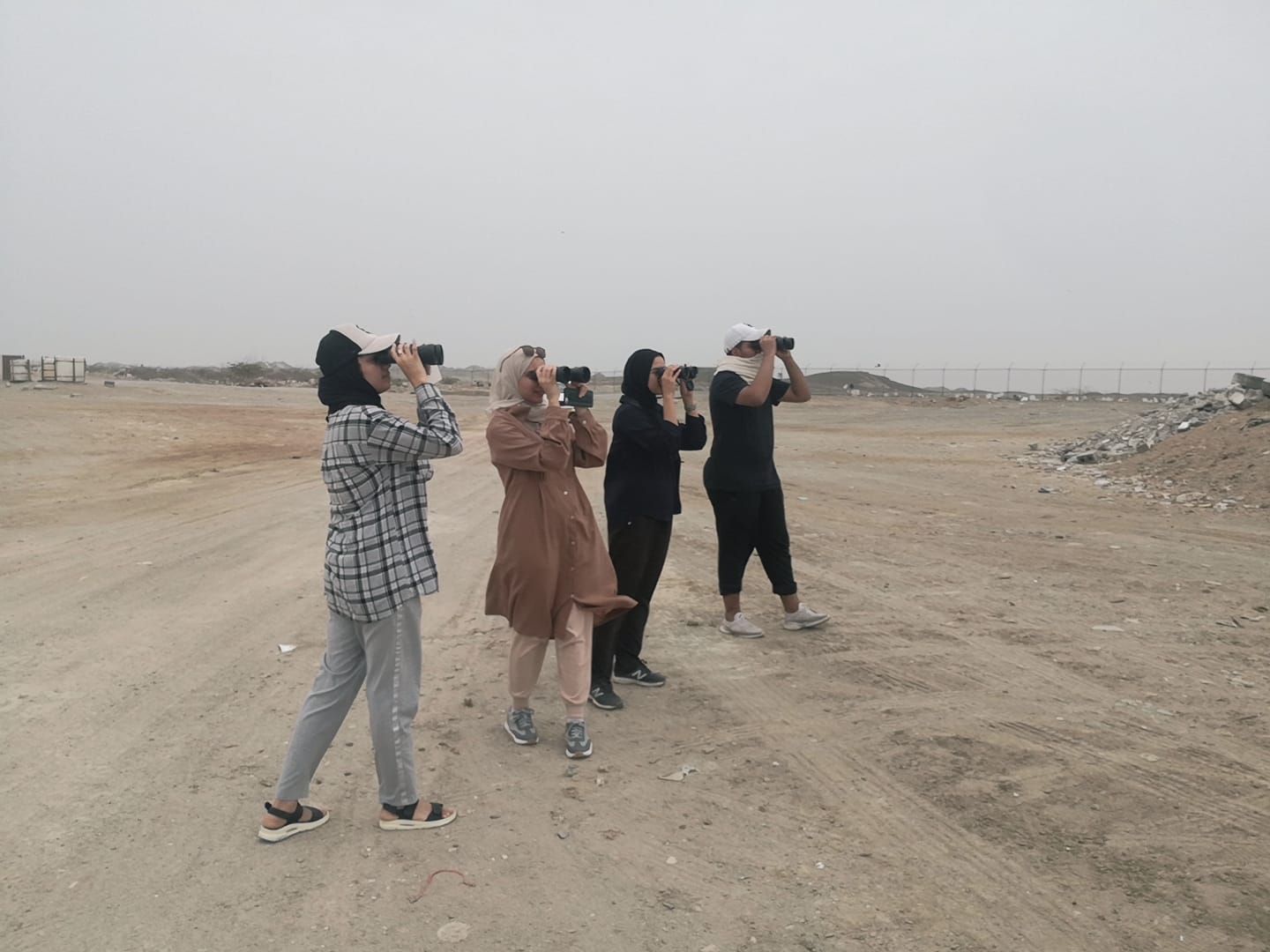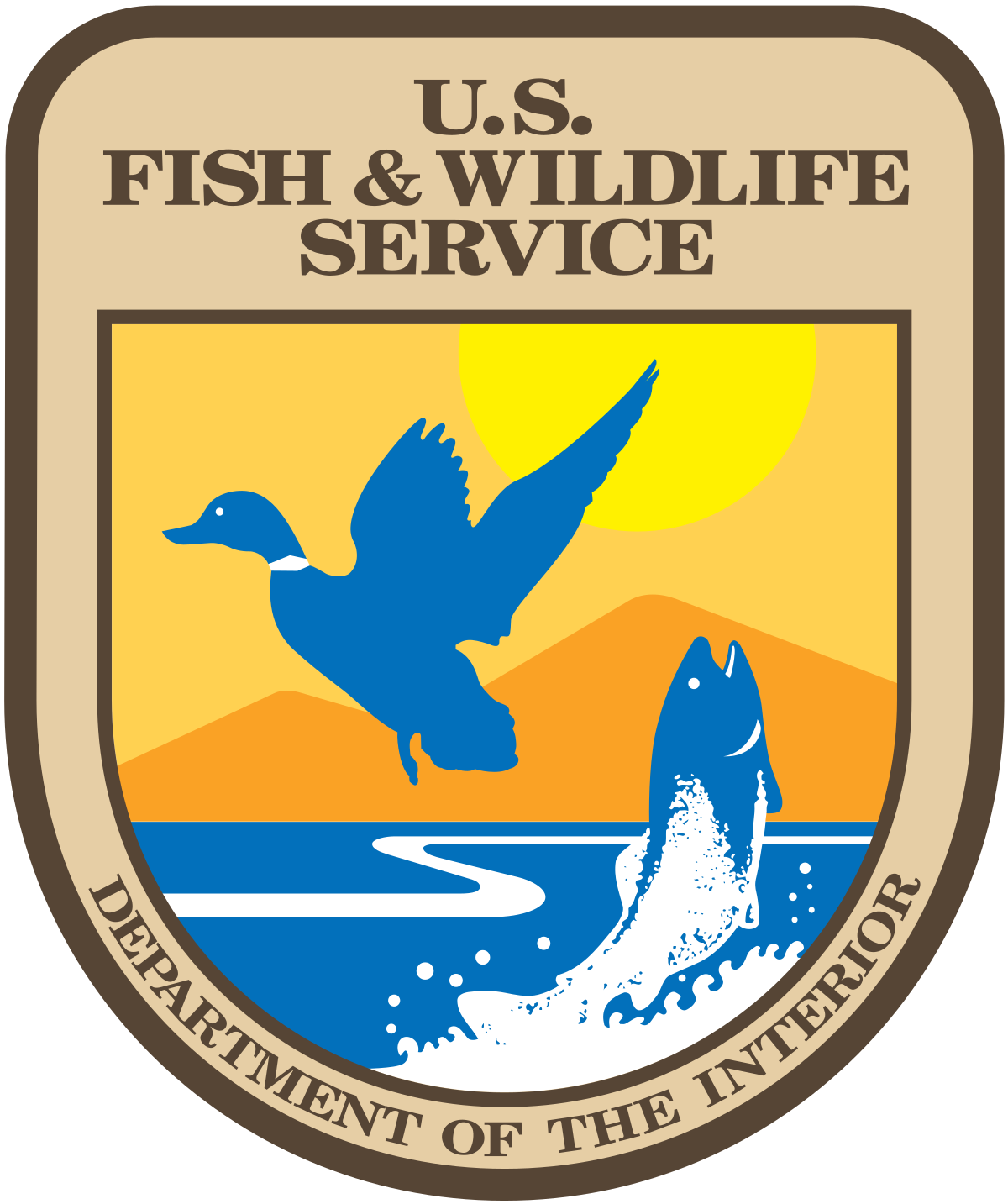Turtle Research and Conservation
The global importance of Oman to the survival of sea turtles has been definitively established through surveys and research conducted since the 1970s. Four of the seven different species of sea turtles found globally nest on Oman’s coastline, including the globally significant population of loggerhead sea turtles. The nesting sea turtle species found in Oman include:
Loggerhead
(Caretta caretta)
Northwest Indian Ocean Subpopulation
Green
(Chelonia mydas)
North Indian Ocean Subpopulation
Hawksbill
(Eretmochelys imbricata)
Olive Ridley (Lepidochelys olivacea)
The objectives of this programme are:
To undertake regular beach surveys on Masirah Island to record and monitor population trends, nesting activity and threats to nesting turtles.
To define and implement initiatives designed to mitigate threats to the sea turtle population nesting on Masirah.
To advocate for changes at the local and government level that will support sea turtle conservation.
To increase education, community engagement and support for wider sea turtle awareness across Oman.
Species of sea turtles found in Oman are threatened to various degrees on the IUCN Red List of Threatened Species and face a high risk of extinction in the wild. Threats including extensive coastal development, light pollution, beach driving, bycatch, ghost fishing, plastic pollution and climate change, are putting significant pressure on the survival of sea turtles.
In recent years, a declining trend in nesting numbers of loggerhead sea turtles has been observed on Masirah Island, representing a statistically significant 79% decline, which is believed to have occurred within a single loggerhead generation.

ESO, in collaboration with the Environment Authority (EA), has been working to counteract this loss, through conserving the species, maintaining a healthy marine environment, and preserving the socioeconomic balance of communities. This long term programme has been funded by the US Fish and Wildlife Service and implemented with the help of international and local collaborators including Ocean Ecology Network, Five Oceans Environmental Services LLC and Future Seas Global SPC.
Through dedicated field surveys, our field teams monitor seasonal nesting activities and beach disturbances, enabling us to accelerate our knowledge and understanding of turtle biology, ecology and conservation needs. This programme has also spearheaded a range of activities to tackle the threats these turtles face including:
- Dedicated net clean-ups ahead of turtle nesting seasons in an attempt to mitigate the threat of entanglement and ingestion for nesting females and hatchlings.
- Awareness videos designed to raise awareness about the correlation between a healthy ocean and a healthy community.
- Community outreach programmes with children, women’s groups, fishermen and other community leaders.
Most recently, we have expanded our work to include work on light pollution and initiated a programme for university students and recent graduates with an environmental biology degree aimed at exposing them to conservation-relevant science.


We manage a field team seasonally employed to conduct early-morning track counts, along with an advocacy team looking at addressing threats on land and at sea such as lighting pollution, entanglement, habitat modification and destruction, egg poaching and bycatch.
With all the challenges involved in supporting these animals, we are seeing positive results from our efforts and hope that our beaches continue to be an inviting home to the different sea turtle species for generations to come.
Sponsors:

Collaborators:



Past sponsors:


